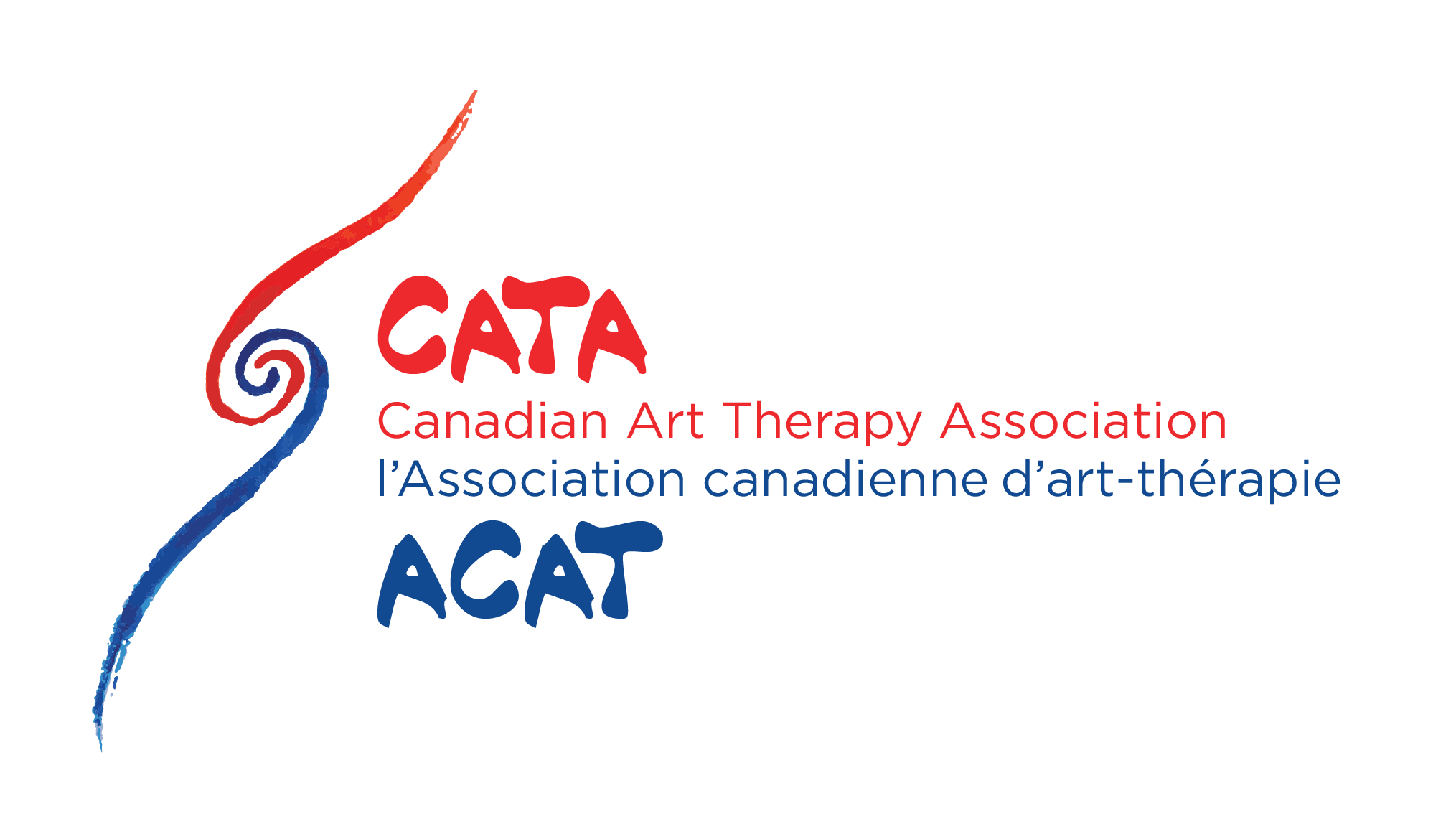Eco-conscious Ways to Discard Old Art
Nature’s Way is a regular column by Envisage writer Taylor Bourassa, exploring eco-art therapy techniques to incorporate into therapeutic practices, and invites us to practice ways of interacting with, befriending, and enhancing our relationship with the earth.
Taylor Bourassa is a Registered Psychotherapist (Qualifying) and art therapist with a private practice, Wellness Grove Therapy. She incorporates the environment into her practice through the use of natural materials, meditative practices that centre the earth, inviting the natural environment into sessions as a co-facilitator, and sharing the primordial knowledge the earth provides.
Creating art can be a vulnerable and intimate experience, one in which we reveal things about ourselves to the world in some capacity. Upon later reflection, these pieces may no longer resonate with us and we want to reject them, destroy them or simply move on from them. As an eco-conscious art therapist, I always want to be mindful of the impact I have on the Earth as an artist – and I’m sure you do too! I’d like to introduce you to two potential ways of respectfully processing your old pieces of artwork without contributing to the destruction of the natural world.
“As an eco-conscious art therapist, I always want to be mindful of the impact I have on the Earth as an artist – and I’m sure you do too!”
The first prompt invites you to create your own recycled paper out of the art-pieces you are no longer interested in keeping or displaying. To do this, all you need is a deckle, a bucket with water, old pieces of artwork, a shredder and a blender. Taking your art, shred the pages and place the shredded pieces into the tub of water. Allow the paper some time to soak, around 12 hours. You can take less time, but I find the longer you let your paper soak, the easier it is to work with. Once you are ready, take handfuls of the soaked paper, and transfer it into a blender. Ensure you add water into the blender along with your soaked pieces of shredded paper. Blend for a few pulses, or until your paper has broken down into a paste like pulp. Pour the pulp mixture back into the bin with water, and taking your deckle, work your way through the water and collect the pulp. Spread the pulp evenly over your deckle and let dry. Depending on how much pulp you have on your deckle, the drying process may take longer: I would suggest letting it sit overnight and checking back in the morning. If you wish to speed up the process, you can place it directly in the sun.
“The essence, process, and meaning of your original art piece is still present in the new home-made recycled paper you created. It can now be used to create more beautiful art.”
I like to suggest adding dried flowers or leaves to add some colour and flavour to your new paper. Discarding of your old art this way not only allows you to honour the Earth by truly recycling and re-purposing, but you also give new life to your art. The essence, process, and meaning of your original art piece is still present in the new home-made recycled paper you created. It can now be used to create more beautiful art.
The second prompt invites you to get a little curious with your art. Re-visit the art pieces you have chosen to discard and explore their felt sense. Remember the experience of creating the work, the meaning, symbol, importance and significance for you at the time of creation. We want to continue to honour the presence of these art creations. Take your art, tear it into pieces: you can focus your energy and deliberately tear a certain way, a certain colour or shape. Let your body get into the flow and just tear as you see fit. Once you have torn all of your art pieces, re-assemble them into a larger mosaic, one that reflects where you are now. By creating a new art piece out of the old, you are creating a playful, liminal space where you can honour the past as you move into and acquaint yourself with the present and where you would like to be. This not only honours your art and your ever evolving self, but it honours the Earth you find yourself on. As you respect the potential impacts discarded art may have on the environment and practice re-purposing the same resources, you are mirroring the Earth’s same process through Spring to Summer to Fall to Winter and back again.






